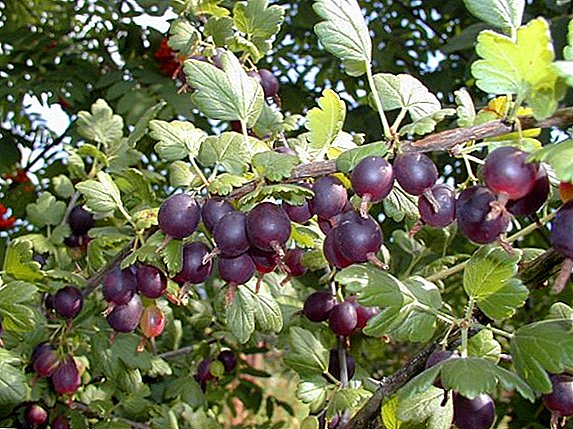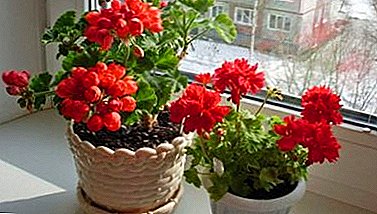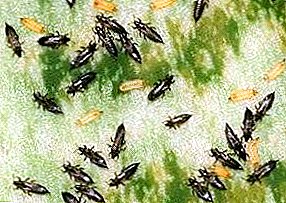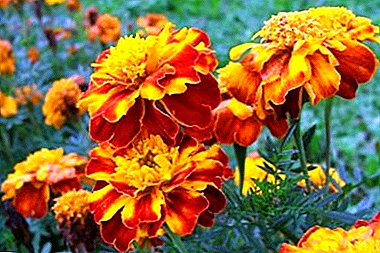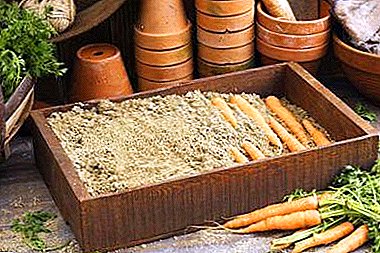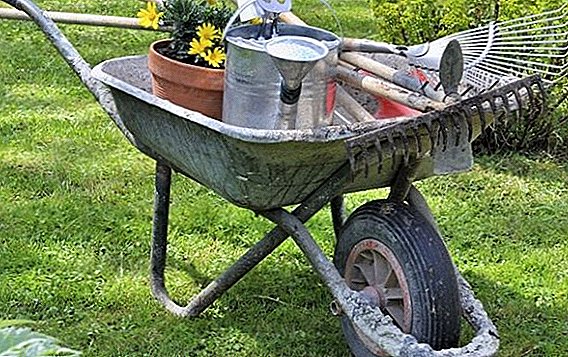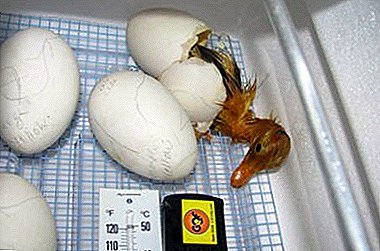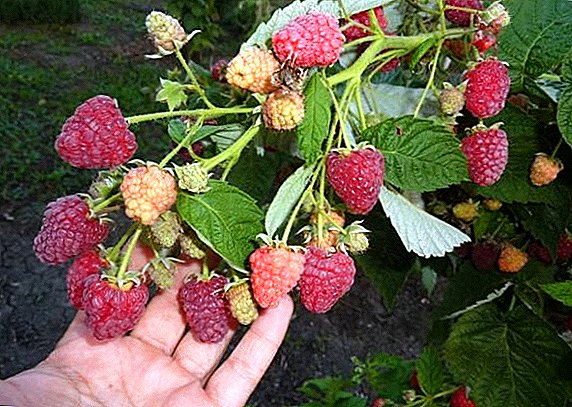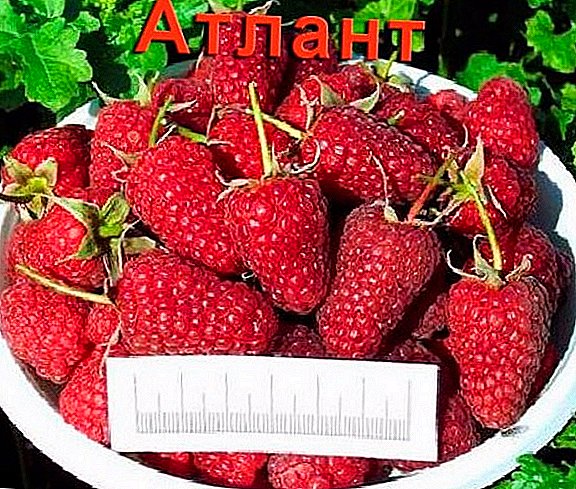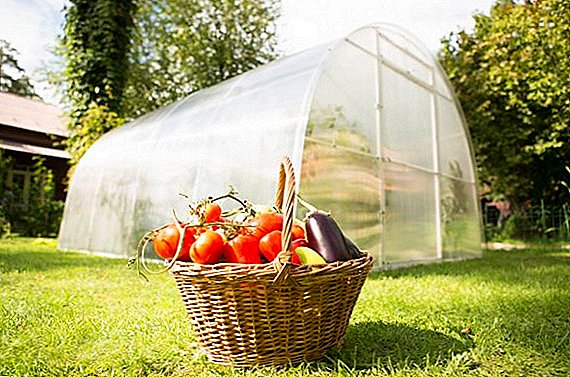 Polycarbonate has unique properties, its heat resistance and safety for the human body allows it to be used in the manufacture of dishes. In addition, the material is used in electronics, automotive, construction. From polycarbonate produce sun-shades, gazebos, greenhouses, and more.
Polycarbonate has unique properties, its heat resistance and safety for the human body allows it to be used in the manufacture of dishes. In addition, the material is used in electronics, automotive, construction. From polycarbonate produce sun-shades, gazebos, greenhouses, and more.
Polycarbonate and its advantages in the manufacture of greenhouses
Polycarbonate, due to its characteristics, is almost indispensable in the construction of light structures. This material has a good insulating ability and, in comparison with glass, retains the heat obtained by 30% longer.
Polycarbonate sheets are not afraid of frost and extreme heat, they do not deform under the influence of temperature. In addition, it is easy to install and quite flexible material that allows you to bend the sheets to any desired shape.
 Polycarbonate greenhouses have long been used by gardeners and gardeners and are quite highly valued by them. This is not surprising, since the material withstands the effects of oxidizing agents, salts and precipitation.
Polycarbonate greenhouses have long been used by gardeners and gardeners and are quite highly valued by them. This is not surprising, since the material withstands the effects of oxidizing agents, salts and precipitation.
It is environmentally friendly, and its film, due to its transparency, provides growing seedlings with almost natural light. In addition, the film protects young greens from ultraviolet rays. Connoisseurs of stylish decor, will appreciate the wide selection of colors of polycarbonate sheets.
Types of polycarbonate
To answer the question "How to choose the right polycarbonate for the greenhouse?", Consider the existing types of this material. According to its structure, it is divided into two types: cellular (or cellular), monolithic.
Cellular
 When creating cellular sheets, the pieces of plastic are melted and poured into pre-formed forms having the appropriate configuration. Despite the seeming fragility, cellular polycarbonate It has a fairly high level of strength and rigidity necessary for the construction of the necessary structures.
When creating cellular sheets, the pieces of plastic are melted and poured into pre-formed forms having the appropriate configuration. Despite the seeming fragility, cellular polycarbonate It has a fairly high level of strength and rigidity necessary for the construction of the necessary structures.
The sheet consists of plates combined with each other by thin compounds, but even at a thickness of three millimeters they are impact resistant.
Interesting fact! In search of a cheap but durable and UV-resistant material for growing plants, Israeli scientists have created a cellular polycarbonate. The first release of the material produced in 1976.
Monolithic polycarbonate
Monolithic sheets have greater strength than the honeycomb, and in construction they can be used without additional jumpers. Under the action of high temperatures, the material takes any given shape, which also facilitates the work with it.
 It is up to you to decide which polycarbonate is better suited for a greenhouse, but the lack of a monolith in its high cost. When constructing a greenhouse, material costs will be unreasonably high, although, in theory, it can also be used for greenhouses.
It is up to you to decide which polycarbonate is better suited for a greenhouse, but the lack of a monolith in its high cost. When constructing a greenhouse, material costs will be unreasonably high, although, in theory, it can also be used for greenhouses.
Did you know?Polycarbonate was developed in 1953, and its monolithic appearance - two years later. Its strength and ease were appreciated by the manufacturers and developers of the military industry, space and civil aviation.
Undulating
Wavy polycarbonate - This is a type of monolithic material made in the form of wavy profiles. It is convenient as roofs and roofs, canopies, gazebos, extensions, etc.
Which carbonate is better for the greenhouse
The answer to the question: “What is the best way to make a greenhouse?” Will largely depend on the duration of the intended service, cost and the required functions of the product. Judging by the numerous positive reviews, the most acceptable material in all respects is cellular polycarbonate.
Judge for yourself: The material is lightweight and durable at the same time, has UV protection and good light transmission. The advantage of a polycarbonate greenhouse in excellent thermal insulation. The free space between the cells is filled with air, which serves to retain heat and is a huge advantage for greenhouse buildings. Moreover, the cost in comparison with other materials is much lower.
Attention! When purchasing polycarbonate for a greenhouse, please note that its throughput characteristics (heat and light) will depend on the thickness of the sheets. Thick sheets are good for thermal insulation, but lose the ability to transmit light.
Are there any disadvantages?
Undoubtedly, there are pluses and minuses in polycarbonate greenhouses. It depends on many factors: the thickness of the material, its type, the design features of the future greenhouse. Consider the most pressing issues.
For example, the unscrupulousness of some polycarbonate manufacturers, namely saving on protective film. Without a film, the material quickly collapses, because under the influence of direct sunlight, it becomes cloudy, covered with a network of cracks. From exposure to ultraviolet light, elasticity and the ability to transmit light well are lost.
Buying material do not save, it is better to make sure of the good name of the manufacturer and pay a little more, otherwise in two or three years you will pay a second time.
As for the design of the greenhouse: arched buildings definitely very beautiful but have some limitations. They shine brilliantly in the sun, which is why they deprive the plants of more light. In addition, where the light is reflected, the flow of heat is automatically limited, and this is the basis of the greenhouse.
So, the transparency of polycarbonate is a serious drawback, but everything is fixable. Properly thought out and carried out the installation, turn the minuses into pluses. For good thermal insulation, it is necessary to darken the structure from the north, making this side reflective. In this case, all solar energy coming from the south side will remain in the greenhouse.
Important! When installing the greenhouse, do not forget about the correct position of the ribs of the sheets: they should be located only vertically.After weighing all the pros and cons, you will appreciate the advantages of a polycarbonate greenhouse, make your right choice and be able to avoid undesirable consequences during construction.



